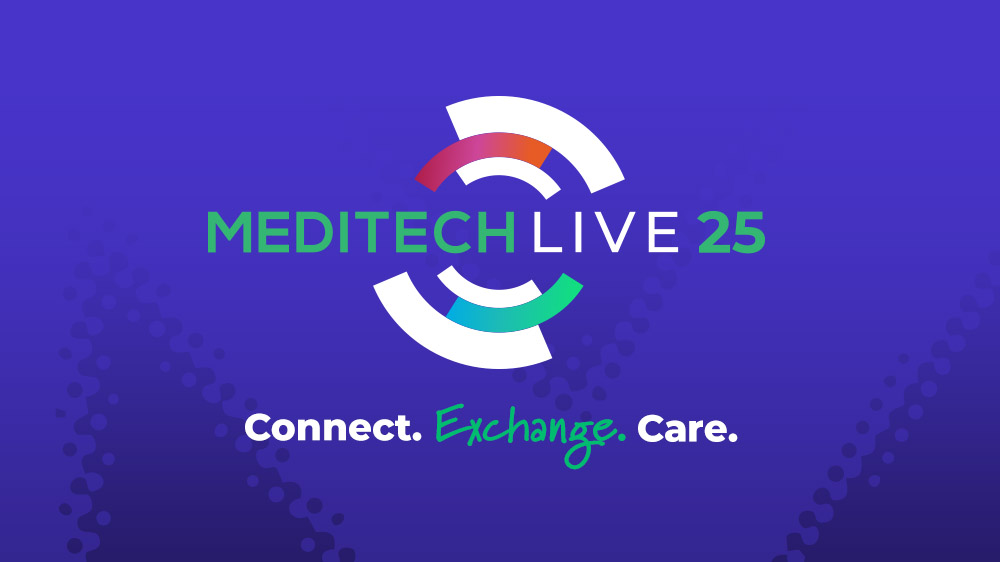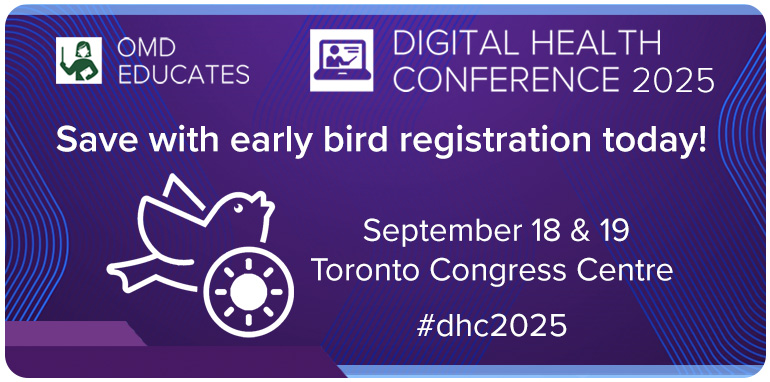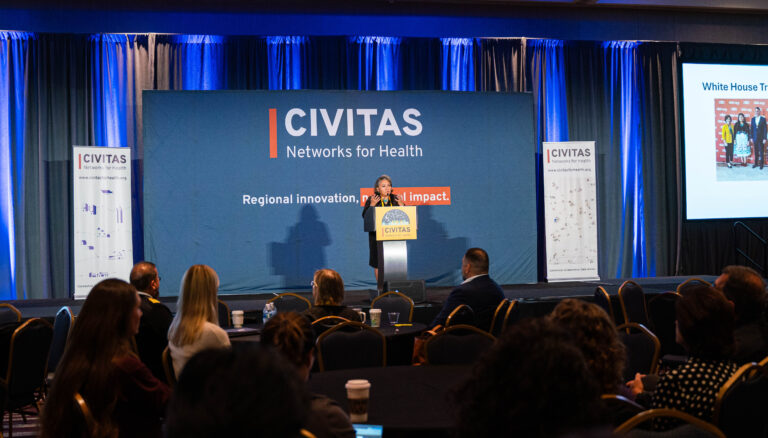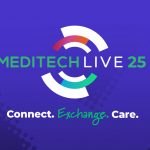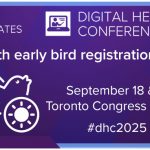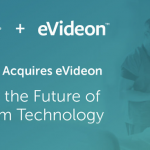Imagine if patients’ medical records could follow them wherever they went. A New Yorker experiencing a health emergency while visiting family in California could rest assured a historical snapshot of his medical history, including past hospital stays, current medications, allergies and previous physician interventions, would be at the California physician’s fingertips as soon as he stepped through the doors of the ER.
As technology continues to transform the healthcare industry, that scenario may not be too far off.
In recent years, many hospitals, health systems and physician offices have implemented electronic medical records systems. Physicians utilizing EMR are able to view a patient’s entire medical record, from lab work and x-rays to medications they’ve taken and any prior physician’s notes. In addition to enabling multiple doctors, practices and facilities to share one common record, one of the main benefits of utilizing EMR is the coordination and communication made possible among providers, according to Dr. Michael Oppenheim, chief medical officer at the Great Neck-based North Shore-Long Island Jewish Health System.
North Shore-LIJ began implementing EMR in earnest in 2007. Rather than establishing one EMR system across all of its entities, North Shore-LIJ has been deploying EMR in stages, environment by environment, beginning with modernizing records on the clinical side at each of its hospitals. By midyear, the last hospital in the North Shore-LIJ system will complete its full adoption of EMR. Meanwhile, 75 percent of its faculty practices have made the switch.
“On the hospital side, it was a slow, incremental roll-out,” intended not to overwhelm physicians, nurses and staff, Oppenheim said. Recently, with looming federal deadlines, lessons learned and increased readiness by providers, North Shore-LIJ felt comfortable moving forward with a “big bang strategy” of implementation for the final few hospitals in its system, Oppenheim said.
In addition to greater access and availability of patient information, EMR systems provide ancillary supports to physicians, including recommendations and reminders regarding checks and balances.
At North Shore-LIJ hospitals, there has been a noticeable decrease in medication transcription errors and missed doses since automated systems were instituted, Oppenheim said. And, clinical decisions have been made easier thanks to alerts and early warnings built into the electronic system, such as a reminder for patients on prolonged bed rest who need prophylaxis to prevent blood clots in their legs.
Additionally, EMR systems offer an “encyclopedia of medical information right at a caregiver’s fingertips, in real-time,” said Marcy Dunn, senior vice president and chief information officer at Rockville Centre-based Catholic Health Services of Long Island.
CHS began implementing EMR in its hospitals in 2012; five of the six hospitals currently utilize EMR and the final hospital will completely adopt the system by June, Dunn said. In addition, 70 of CHS’ physician practices currently work live on EMR. The health system pools its patient information, along with that of other area hospitals, and sends it to one secure repository, Healthix, a health information organization serving the New York area.
From a patient’s perspective, EMR systems offer several convenience factors. Upon leaving the hospital or doctor’s office, patients receive their own portal, or Internet site or app, where they can view a list of care instructions as well as lab or radiology results; schedule appointments; request prescription refills; or track their children’s immunization records.
Despite the benefits and conveniences, hospitals and physician offices have experienced some challenges in shifting from written to electronic records.
Acquiring the technology necessary to maintain an EMR system is not inexpensive. The total cost to get all of the hospitals in the CHS network to become meaningful users of EMR has been $144 million; CHS expects to receive about $36 million in incentive payments, Dunn said.
The Medicare and Medicaid Electronic Health Records Incentive Programs provide financial incentives for the “meaningful use” of certified EMR technology to improve patient care. To receive an incentive payment, providers have to show that they are “meaningfully using” their EMR by meeting thresholds for a number of objectives.
In addition to being a tremendous capital investment, moving to EMR requires training for all users. CHS trains each of its doctors for eight to 10 hours, while nurses spend two to three days learning the new system, Dunn said.
“It’s a whole different way of doing business,” she said. “An enormous amount of people have to get involved.”
While most physicians, nurses and staff have embraced and easily adapted to the new systems, there is naturally some resistance to change.















